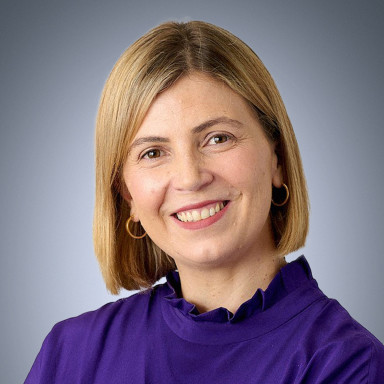Beyonce told us that girls run the world. It’s a message hard to ignore with female role models like Queen Bey and Taylor Swift smashing it when it comes to success and earnings.
It was estimated that Beyonce is to clear an eye-popping $2 billion from her ongoing Renaissance World Tour. Swift’s upcoming Eras tour is billed to be the highest-grossing tour of all time, earning a record-setting $1 billion in sales alone.
While the rest of the female population is growing their wealth in a far lower key fashion, they do have something in common with Beyonce – Queen Bey is part of a growing number of female breadwinners.
The percentage of UK households in which the female partner earns more than the male partner has steadily risen from 19.8% in 2004 to 23.3% in 2019.
This is changing the money matters dynamic at home for good.
Barriers to earning power
Capacity for higher earning power is a feminist issue and there’s a long way to go while the gender pay gap and the gender pensions gap remain. Meanwhile the imbalance in domestic duties hasn’t been redressed – even when women make more money than their partners.
Research found that in the UK, just under half of female breadwinners still do the majority of household tasks, compared to just 12.5% of male breadwinners.
In fact, the average female breadwinner spends the equivalent of an entire working day a week taking care of the house, on top of their full-time job.
Meanwhile, there’s also child-rearing responsibilities to think about. Shared parental leave is a step in the right direction to allowing more mothers to go back to work while the father can be home.
The big question is whether the difference in gender roles can make a permanent shift to break out of the generational pattern of earning less, being the family carers, and taking the career breaks to look after children – and in bigger numbers.
Research suggests that a massive 85% of women are still leaving full-time employment within three years of having a child.
There are, of course, plenty of women who choose to prioritise care, who don’t want to work full time while their children are younger.
A continued rise in women earning the same or more will have a huge impact on caring responsibilities as there’ll be strong financial reasons for a shift to more equal care.
It will also help close the gender pay and pension gap. On a wider note, it will mean women will make even more of a mark on the economy and contribute to much-needed diversity in UK businesses.
Women’s earning power might have surged in many ways, but attitudes towards female breadwinners still lag.
Change needs to continue to allow more women to excel at work and have greater support at home.
The road to growing wealth
Whether you’ve reached breadwinner status or not, it’s important to get the money you’re putting aside for the future working as hard as you do.
Women are great at saving cash and at managing money, but there’s more work to do be done to get women investing.
Instead of stashing cash in savings, investing offers the potential to turbo-charge your wealth, boost your financial resilience, and crucially to help close the gender investment gap. Just 25% of women invest, compared to 37% of men*.
There’s a strong argument for being more like Beyonce – fight to close the gender gaps, take some risks and (hopefully) watch success snowball. But remember, investments can go up and down in value, so you could get back less than you put in.
*research conducted by Opinium in May 2023 with 2000 participants.
This article isn’t personal advice. If you’re not sure an investment is right for you, seek advice.

